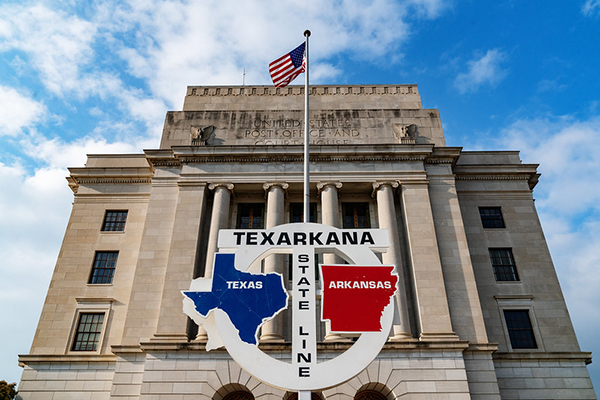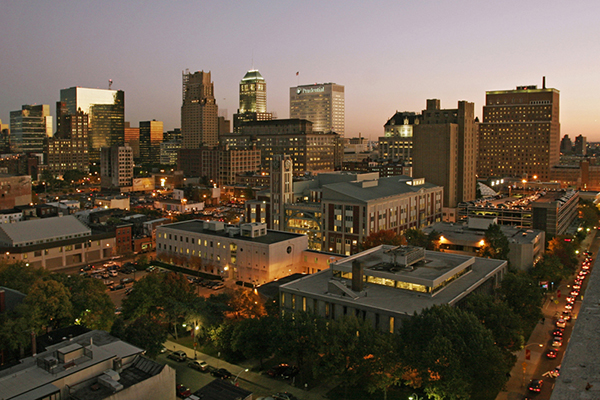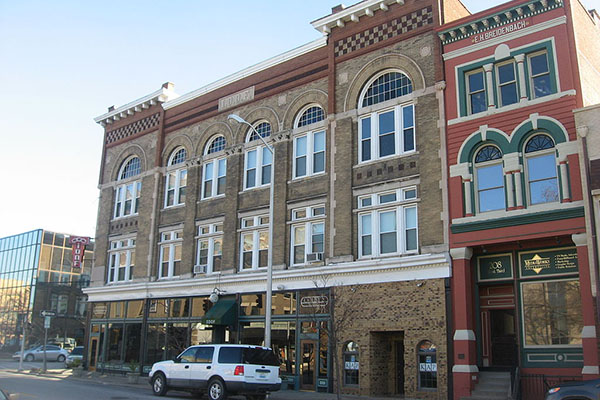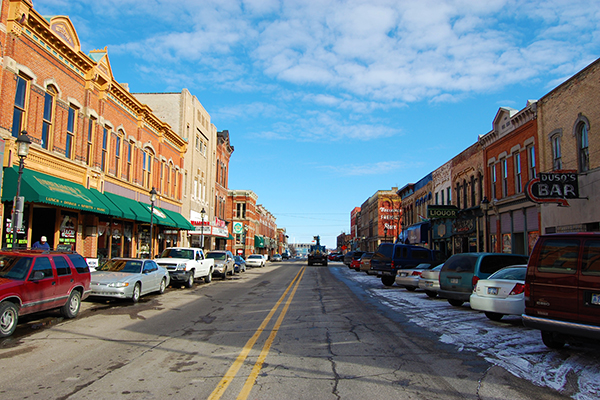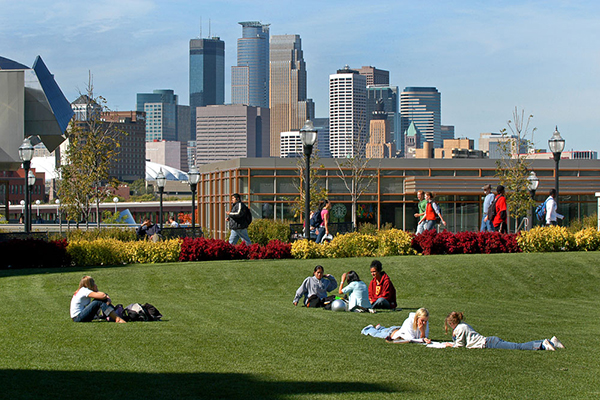Workforce Solutions Northeast Texas – Economic Assessment and Strategy
Challenge The nine-county region served by Workforce Solutions Northeast Texas lies in a largely rural corner of the state that enjoys many substantial economic development advantages. These include proximity to Dallas/Fort Worth, access to Interstate 30, and pro-business climate with a diverse and strong foundation of major industrial employers. However, […]

